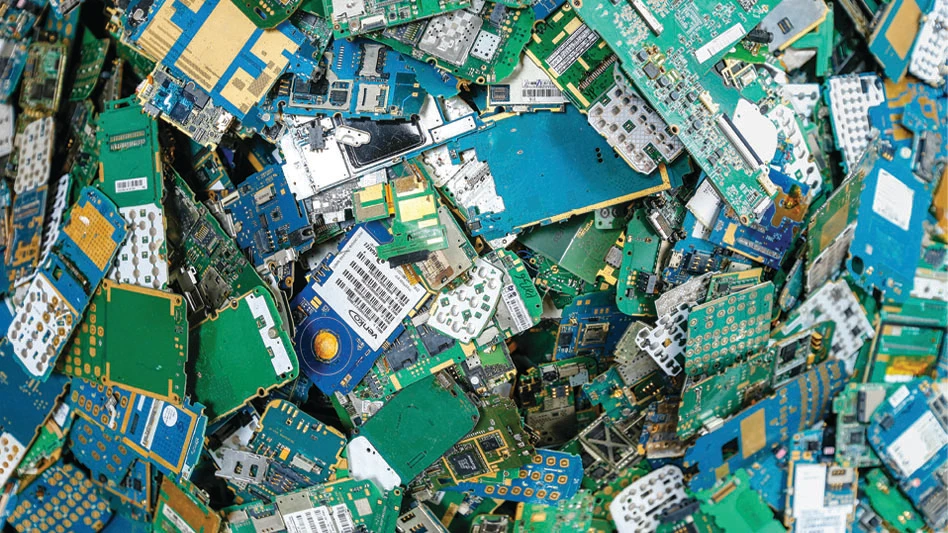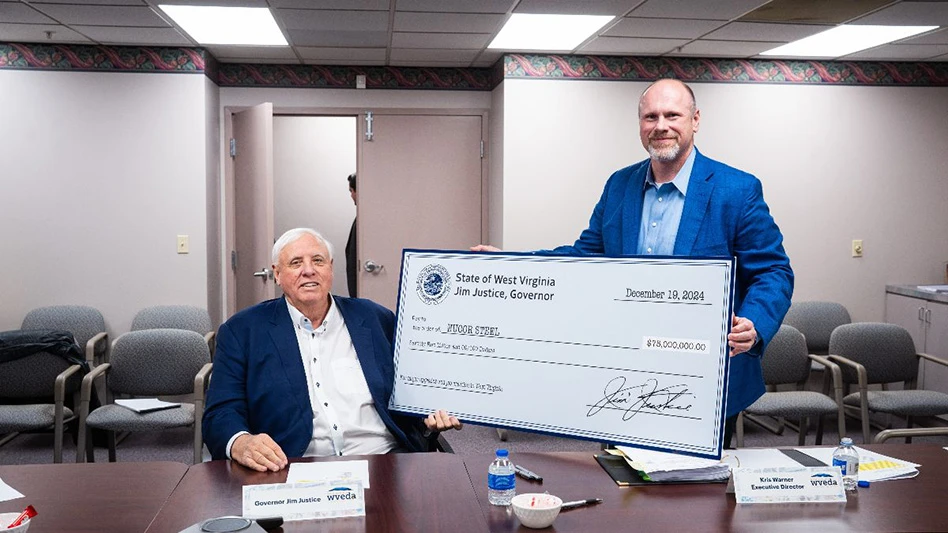 The Association of Cities and Regions for Recycling and Sustainable Resource Management (ACR+) has released a report for the European Container Glass Federation (FEVE) that looks at strategies for increasing the collection of glass in Europe.
The Association of Cities and Regions for Recycling and Sustainable Resource Management (ACR+) has released a report for the European Container Glass Federation (FEVE) that looks at strategies for increasing the collection of glass in Europe.
The report, Good Practices in Collection and Closed-loop Glass Recycling in Europe, claims separated collection schemes should be widely supported if Europe is to build a closed loop process for glass packaging.
Based on the study of eight different glass collection programs, the report states that Europe needs to use its resources more sparingly by recycling more.
The report concludes that only glass bottles and jars collected separately will result in both a higher quantity and quality of post consumer glass cullet.
While glass is a highly recycled material in Europe, the study points out more can be done. “Last year, more than 25 billion bottles and jars were collected in Europe, while close to 100 percent of the glass collected is used, the vast majority of it, more than 80 percent, is actually recycled in a bottle-to-bottle production system supporting a circular economy,” says Adeline Farrelly, FEVE secretary general. “The better the quality of the glass collected, the more we can recycle in a bottle-to-bottle system. This type of glass recycling is not only a local industry, but also brings major economic and environmental benefits. We strongly support the findings of this timely study which underpins the importance given to recycling in the EU’s waste hierarchy.”
The ACR+ study identifies eight programs as key drivers to improving glass recycling efforts. In separate collection systems the processed material is of better quality to meet the specifications necessary for the bottle-to-bottle production and is cost competitive in relation to the use of virgin raw materials.
The report finds that other systems, like commingled collections, can be either too costly or provide glass only suitable for low-grade applications such as aggregate.
“We need a more integrated approach with all the stakeholders along the chain, including citizens and make more sustainable waste collection decisions in the future,” says Olivier De Clercq, secretary general of ACR+. “We think it’s important for local authorities and collection organizations to know more about what happens to materials once they are collected. Clear technical guidelines and ad hoc support for proper glass collection would make recycling easier and even better performing.”
The study also recommends more and clearer communication to citizens about the benefits of glass collection and recycling in a bottle-to-bottle system, and the role they can play. European container glass manufacturers—through FEVE—support “Friends of Glass,” a self-fed European consumer community of more than 30,000 people promoting the consumer right to choose food and drinks in glass packaging.
The study and its synopsis are available on www.acrplus.org.
The research demonstrates single-stream glass collection provides a high quantity and quality of recycled glass for recycling. In the study, the post-consumer glass selectively collected varies from case to case, underlying the differences not only in performance, but also in glass packaging use as well as the existence of deposit schemes competing with municipal collection.
According to conclusions from the report, the following factors are considered as key for effective collection and recycling:
• Accessibility and high number of bottle banks;
• Cleanliness and maintenance of bottle banks ;
• Clear and simple communications to residents;
• Frequent rate of collection to avoid over filling of bottle banks;
• Separate glass collection by color type;
• Glass bottle banks placed/located in popular central areas;
• Higher quality directly dependent from better handling at collection source; and
• Local and regional authorities (LRAs) to introduce advanced systems: underground street bottle banks.
Latest from Recycling Today
- Reconomy brands receive platinum ratings from EcoVadis
- Sortera Technologies ‘owning and operating’ aluminum sorting solutions
- IDTechEx sees electric-powered construction equipment growth
- Global steel output recedes in November
- Fitch Ratings sees reasons for steel optimism in 2025
- P+PB adds new board members
- BlueScope, BHP & Rio Tinto select site for electric smelting furnace pilot plant
- Magnomer joins Canada Plastics Pact





